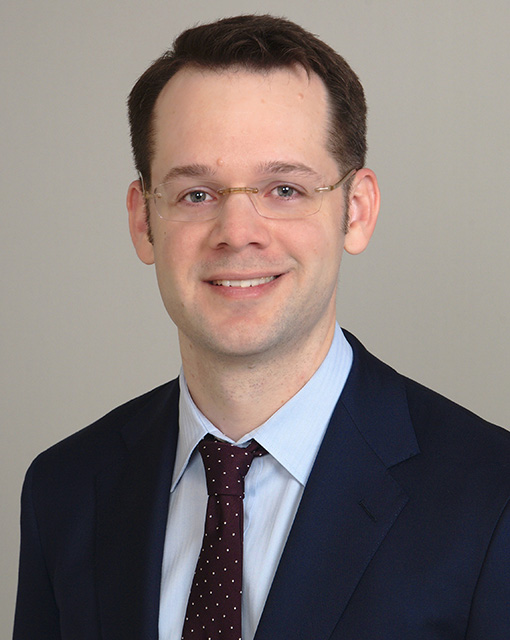Russell Terry may be retired, but he rarely sits idle. In fact, the 63-year-old Watauga, Texas resident has been on the move for much of his life. He worked on a dairy farm at a young age and that led to work in horticulture as a landscaper. He has even been known to flip houses after spending some time in the construction industry.
Although Terry now stays busy at a more leisurely pace, he enjoys walking his dog and gardening. It was during one of his recent outings with his 85-pound foxhound that Terry’s active lifestyle took a detour.
Russell Terry Patient Testimonial - Texas Health HEB
“He saw a cat and jerked the leash; I felt a tinge of pain in my back,” Terry recalls.
The walk was abruptly cut short and Terry called his wife to let her know what had happened. The couple thought some rest might do the trick, so Terry spent the next three days in bed — with no relief. It was then that his wife, Becky, suggested they seek emergency care. But that proved to be easier said than done.

“He was in such severe pain that he could not walk to the car,” Becky Russell explains. “We had to call an ambulance.”
At Texas Health Harris Methodist Hospital Hurst-Euless-Bedford, Terry was met by Rob Hruska, M.D., a spine and neurosurgeon on the medical staff at Texas Health HEB and at Texas Health Neurosurgery & Spine Specialists, a Texas Health Physicians Group practice, who ordered an MRI scan of his back. The results showed a severe herniated disc between two vertebrae that was putting pressure on a nerve and causing pain down Terry’s left leg.
Hruska initially took a conservative approach to treatment by starting Terry on steroid injections in his lower back. When the injections provided no relief, it was determined that spine surgery was needed.
One week later, the 63-year-old underwent a nerve decompression procedure known as transforaminal lumbar interbody fusion, or TLIF. The goal of TLIF is to remove pressure from the spine and nerves caused by injury or disease and fuse the area together to help stabilize the lower back and prevent further movement at the affected joints.
“The surgical plan of action, because of the difficult location of the disc herniation, was a minimally invasive technique of removing the joint to decompress the nerve and take out the disc at that level,” Hruska says. “Because the disc is behind the joint and the joint has to be removed, stabilization has to be restored at that level with screws above and below that level with a fusion.”
The innovative technique allowed Hruska to access the damaged disc through a single incision in Terry’s back, while sparring the adjoining muscle and minimizing scar tissue. With minimal downtime and some light therapy, Terry was soon walking again. Three months after the procedure, he was back to all regular activities.
“The care that my husband was given before the surgery, during his surgery and after the surgery was just magnificent,” Terry’s wife says.
“I’m back to my hunting, my riflery, my gardening. I’m not bad for 63 years old. I’m grateful for being pain free and being able to look at these opportunities again,” Terry happily adds.
Is back or neck pain impacting your quality of life? Take the free Back Health Assessment or find a back and spine specialist on the medical staff near you.

